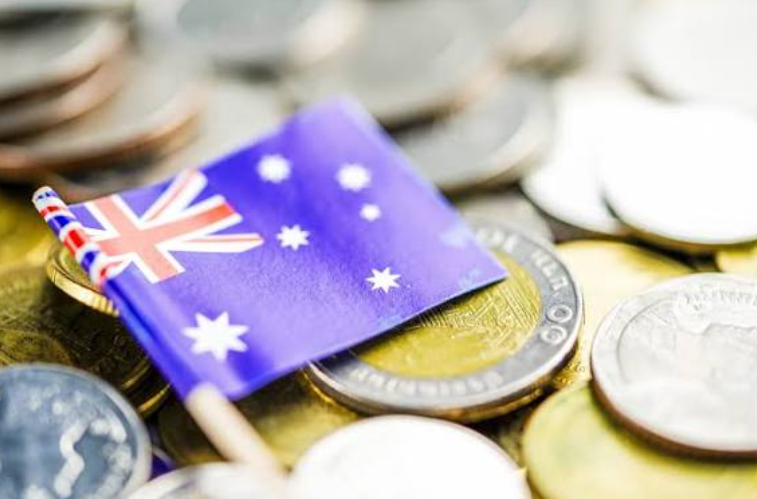The Australian government is proposing a new regulatory framework for stablecoins in 2025. This is a landmark development in the field of digital money governance. The reforms would enhance the trust, safety, and transparency of users.
At the heart of this change are yield-bearing stablecoins in Australia. They offer stability plus income, unlike older forms of stablecoins. The reform could change the face of capital markets and digital payments. The big question to ask is: Will this strengthen adoption and investor confidence?

Australia proposes the 2025 stablecoin framework, marking a milestone in digital money regulation
What are yield-bearing stablecoins, and why do they matter?
Stablecoins are digital tokens pegged to fiat currencies, which promise stability but do not generally provide any return to holders. Yield-bearing stablecoins differ in this respect-their reserves are invested in safe assets such as US Treasuries, whereas the interest arising from such investment is paid to holders.
This means that users share directly in the returns that a regular issuer would have retained. It could be a very good alternative in Australia to risky, high-yielding offshore lending platforms. Yield-bearing stablecoins in Australia may be an investment avenue that not only ensures safety but also provides returns to Australian investors. What if this is the future of digital saving?
How is Australia shaping its digital money landscape?
Several domestic projects underscore the leadership that Australia holds in this sector. Catena Digital is developing the Australian Dollar stablecoin called AUDM. The company is licensed and regulated, providing an additional level of supervision. Another company, AUDC Pty Ltd., has announced the launch of AUDD, which operates on several blockchains already.
Project Acacia is spearheaded by the Reserve Bank of Australia and Digital Finance CRC. Herein are trialled tokenised assets and settlement systems. These projects together signify that yield/stablecoins in Australia are no longer far-off ideas but rather coming into being.
The 2025 reforms shall lend a clearer footing to these operations, enabling investor protection to co-exist with innovation.

Catena Digital to launch AUDM stablecoin, while AUDC’s AUDD is already live across blockchains
How will regulation impact stablecoin yield farming in Australia?
Yield Farming with Stablecoins is definitely making waves Down Under. Investors deposit their stablecoins into DeFi protocols with expectations of returns. Yielding stablecoins could advance this trend, offering safer, income-producing assets.
In the realm of CeFi, yield-bearing stablecoins could stand in for tokenised money market funds. Within DeFi, they are part of the building blocks, forming liquidity pools and structured financial products.
The regulations would ensure the transparency of reserve backing, safeguarding, and periodic audits of these. This would instil faith in both retail users and institutional investors. Broadening participation in stablecoin yield farming in Australia within a regulated environment is therefore a likely upshot.
What guardrails will the regulation introduce?
According to the Australian stablecoins regulation 2025, the set conditions are quite stringent. Stablecoins must be fully backed by cash or cash equivalents. At the same time, issuers must disclose the ownership structure and also guarantee the right to redeem it. Reserves must remain in custody with licensed and supervised entities.
If government securities are generating any sort of income, how that yield is being distributed must be detailed by the issuer. These safeguards are there to protect the users from mismanagement and loss.
By maintaining transparency and enforcing accountability, regulators intend to limit the risks associated with obscure global stablecoins. Some of the advantages for the user would be increased trust in any locally-issued yield-bearing stablecoins in Australia.

Australia’s 2025 stablecoin rules mandate full backing, transparency, and redemption rights
Why does this shift matter beyond Australia?
The implications of this move stretch far beyond the borders of Australia. The 2025 reforms place the country on the front lines of digital asset regulation. It is a demonstration of laws that enhance innovation rather than suppress it.
Every nation is wrestling with risks and opportunities presented by stablecoins. This model of Australia for regulated yield-bearing stablecoins could serve as the blueprint. It offers, for the global investor, a safe interest-bearing option against the offshore ones.
As parallel processes are unfolding with respect to stablecoin yield farming in Australia, it is only a matter of time before international markets follow suit to mimic this structure. Does Australia’s regulatory framework stand to be positioned as the worldwide standard for digital finance?
Outlook for investors and markets
The next level of digital currency in Australia promises well. Yielding stablecoins, Australia would join traditional finance and emerging DeFi markets. They provide areas for savers, investors, and institutions.
Regulation, hence, fosters less risk but more innovation. Users expect safer access to stablecoin yield farming in Australia. Institutions obtain regulated tools to settle payments in the digital world.
Australia’s stablecoin regulation 2025 is more than compliance. It is a signal for long-term and sustained commitment toward a credible and innovative digital economy.
Also Read: OKX AUSTRAC Licensed Crypto Exchange Enters SMSF Market
FAQs
Q1: What are yield-bearing stablecoins?
They are stablecoins whose reserves produce income. Holders get a share of this income.
Q2: What changes will the Australian stablecoin regulation 2025 bring?
It will require full reserve backing, regulated custody, disclosure of ownership, and guaranteed redemption rights.
Q3: How will the reforms affect stablecoin yield farming in Australia?
They will make yield farming safer by ensuring reserves are transparent and audited. This boosts user confidence.
Q4: Why is Project Acacia important for digital finance in Australia?
Project Acacia, led by the Reserve Bank and DFCRC, tests tokenised settlement systems. It advances regulated stablecoin adoption.

